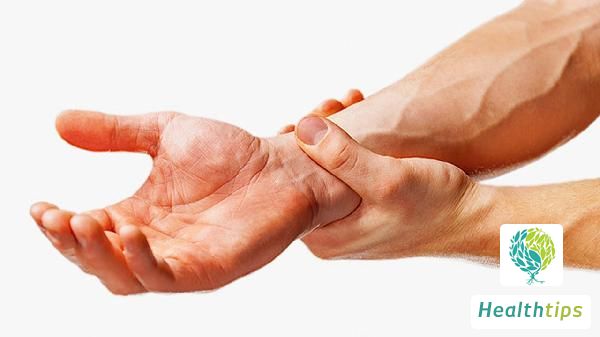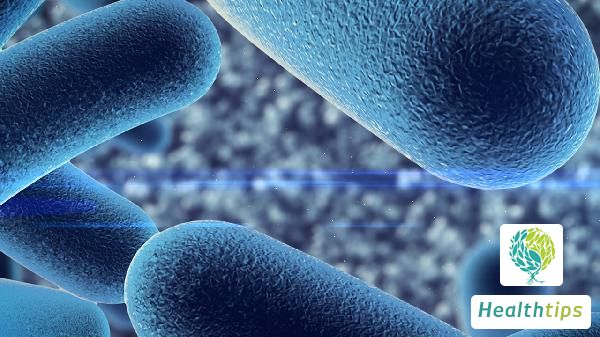What are the characteristics of having uremia?

1. Edema: Patients with uremia often experience edema due to abnormal kidney function, which leads to water and sodium retention. It commonly occurs in the face and both lower limbs, and in severe cases, it can occur throughout the body.
2. Skin itching: Patients with uremia may experience dry and itchy skin due to electrolyte imbalance. Additionally, there may be urea deposition in the skin, causing irritation and skin itching.
3. Easy bleeding: Patients with uremia are prone to bleeding from the gums and nose. When exposed to external stimuli, it may lead to bleeding that is difficult to stop.
4. Decreased appetite: As the kidneys have excretion and metabolic functions, when the kidneys are damaged, it may lead to impaired excretion of metabolic waste, resulting in decreased appetite.
5. Anemia: When toxins accumulate in the body for a long time, it may lead to a decrease in red blood cell production, manifesting as anemia symptoms such as dizziness and fatigue.
6. Others: Patients with uremia may also experience symptoms such as hypertension, heart failure, and pulmonary edema. When toxins enter the blood circulation, they may cause hypertension and gradually worsen.
For uremia caused by secondary hyperparathyroidism, symptoms such as bone pain and fractures may also occur.
Patients with uremia need to control their diet in daily life. They can choose a low-salt, low-fat diet and try to control protein intake to 0.6-0.8g/d. Additionally, it is necessary to control water intake to avoid excessive water and sodium retention, which may further aggravate the condition.



















